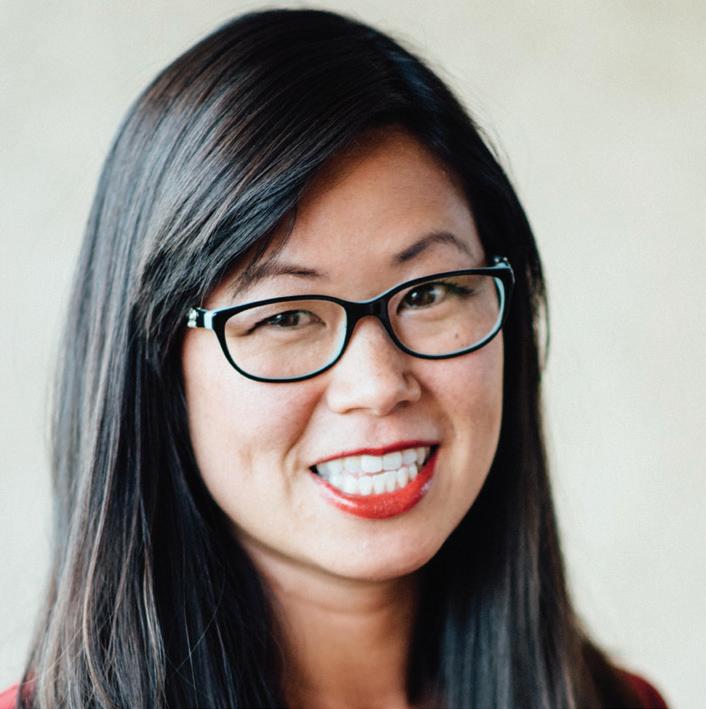
2 minute read
ALLISON LIN
Global Vice President of Packaging Sustainability
What are some of the challenges that you have faced as a woman in a male-dominated industry? It’s not a secret that the packaging industry is still heavily male dominant. Similarity bias drives recruiting practices to keep the status quo, and companies and individuals need to make a purposeful, conscious effort to break that cycle. I’ve seen a lot of diverse talent join the packaging industry and then leave it because they did not feel welcomed and valued. It can be intimidating if no one you work with looks like you.
What are the unique opportunities for women in this industry?
Addressing packaging waste is a global challenge that will require fresh and diverse perspectives, innovation and new systems-thinking to tackle. I believe that underrepresented demographics in this industry, such as women, will play a pivotal role in accelerating the solutions needed to create a more sustainable future. And as with any consumer-facing business, companies will be more successful if their employee base represents their customer base. Darwin is often misquoted, it’s not survival of the ttest, it’s survival of the most adaptable, and diversity drives adaptability.
What can the industry do better to support women and increase the number of women in leadership positions?
I believe in the “lift as you climb” principle. I had and still have great mentors and sponsors, and always seek to pay that forward. With more women entering the packaging and sustainability world now, I’m hoping to see more programs that support and encourage women to both join and remain in the industry, where they can hopefully both see representation at all levels and feel like they are working in an inclusive environment.
What advice would you give to young women who are considering a career in packaging?
I’ve been fortunate to have many mentors along the way, as well as role models and male allies. Not just women, but everyone should have a mentor. They can be found either internally or externally, from industry associations, conferences to LinkedIn these days. I also like the power of reverse mentorships.
For example, Mars is working to foster a more inclusive workplace across numerous intersections. We now have more than 50 associate resource groups (ARGs), which we’re leveraging to create spaces and communities for associates of every race, ethnicity, culture, and background to freely and safely engage and express themselves and act as an ally.
We’re also committed to creating opportunities for women to reach their full potential. We’ve already achieved equal pay for our associates and are expanding childcare bene ts and exible hybrid working; challenging stereotypes and bias in our advertising; and investing $1 billion in our diverse supplier program, $500 million of which is women-led.
Last year, we also launched a global listening study called #HereToBeHeard to amplify the voices of more than 10,000 women across various intersections — including race, age, sexuality, religion, disability, and more. Mars is leveraging insights from this meaningful dialogue to design and implement new policies and actions to further inclusion.









